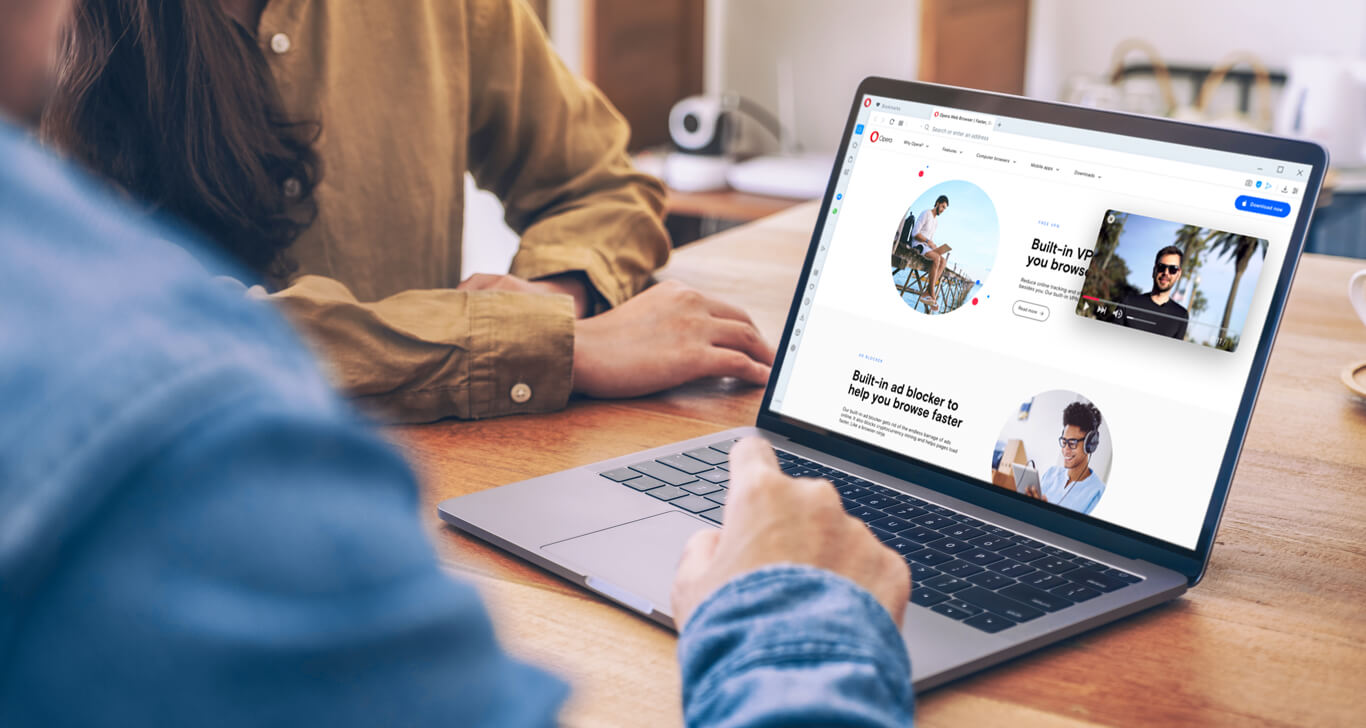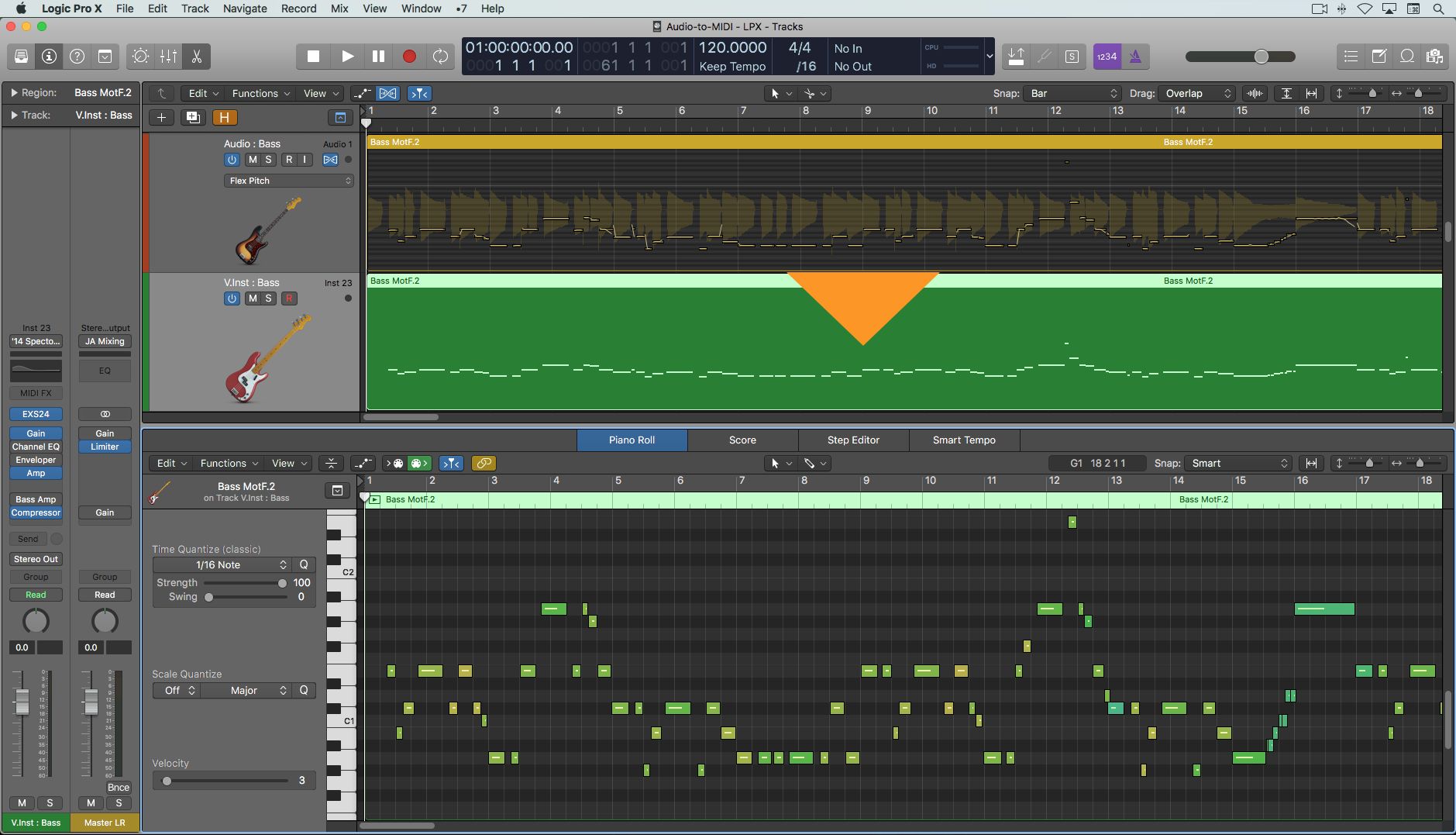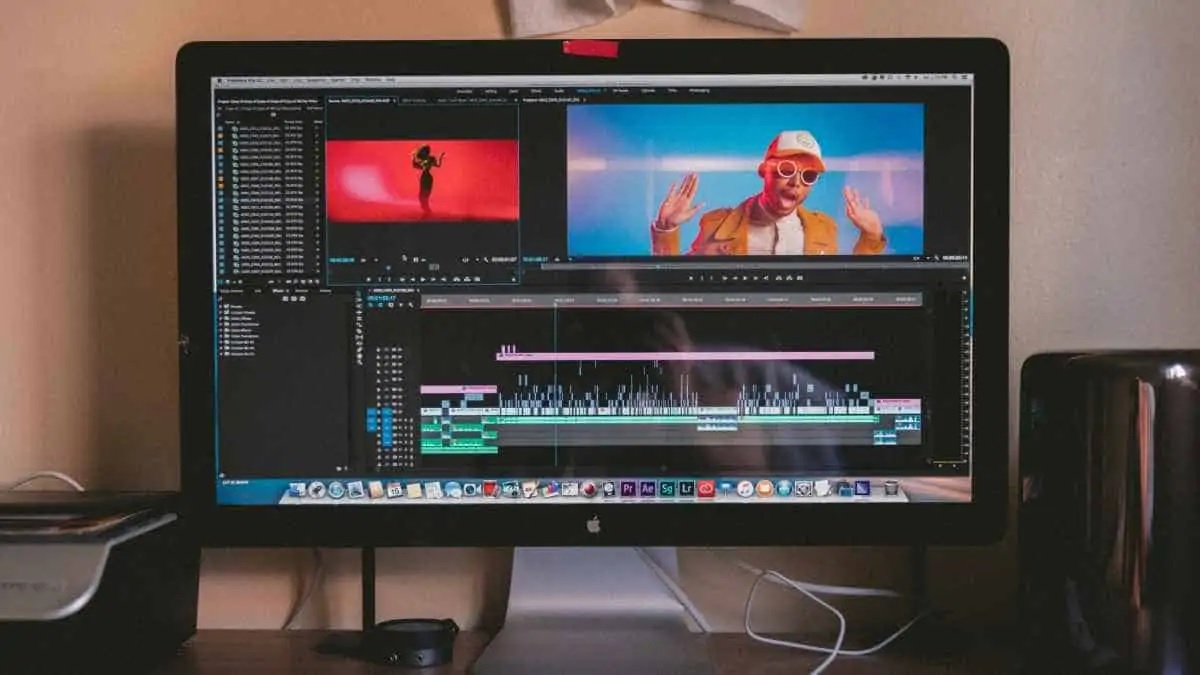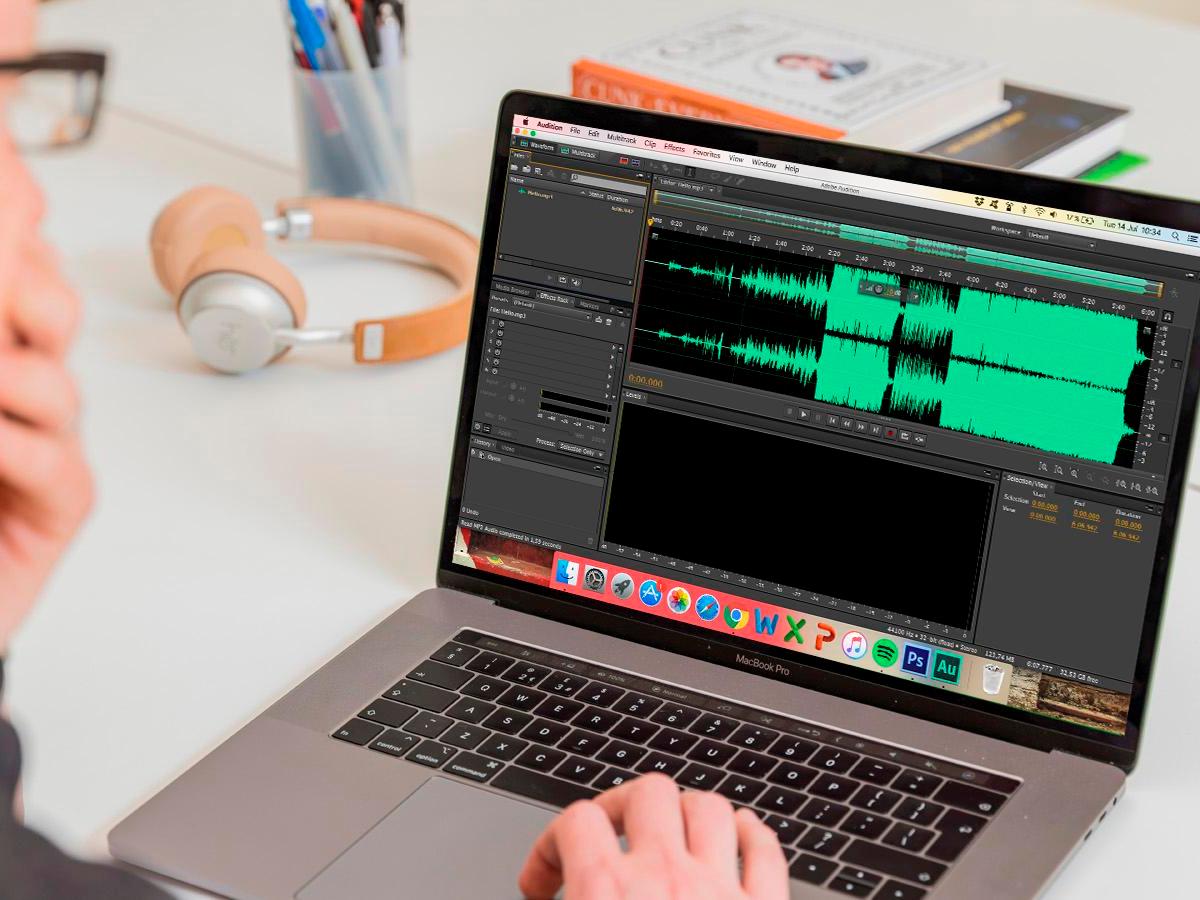Home>Production & Technology>MP3>How To Convert MP4 To MP3 Vlc


MP3
How To Convert MP4 To MP3 Vlc
Modified: January 22, 2024
Looking to convert MP4 to MP3? Learn how to effortlessly convert your files using VLC media player and enjoy your favorite audio tracks.
(Many of the links in this article redirect to a specific reviewed product. Your purchase of these products through affiliate links helps to generate commission for AudioLover.com, at no extra cost. Learn more)
Table of Contents
Introduction
Welcome to the world of MP3 files! If you’re looking to convert your MP4 files to the more versatile and widely-supported MP3 format, you’ve come to the right place. In this article, we’ll explore the process of converting MP4 files to MP3 using the popular media player, VLC.
MP4 and MP3 are both popular digital audio and video file formats. While MP4 is mainly used for storing video and audio data, MP3 specifically focuses on high-quality audio playback. Converting your MP4 files to MP3 can be useful in various scenarios, such as when you want to extract just the audio from a music video or create a podcast using recorded video footage.
One of the most reliable and well-known media players for this task is VLC. This powerful open-source software not only allows you to play various multimedia formats but also provides the ability to convert files effortlessly. VLC is available for multiple platforms, including Windows, Mac, and Linux, making it accessible for a wide range of users.
In the following sections, we will guide you through the process of converting MP4 to MP3 using VLC, ensuring that you have all the necessary information and steps to complete the conversion successfully. By the end of this article, you’ll be well-equipped to convert your MP4 files to the MP3 format quickly and easily.
Preparing MP4 files for conversion
Before diving into the conversion process, it’s essential to ensure that your MP4 files are in the optimal condition for conversion to MP3. Here are a few steps you can take to prepare your MP4 files:
- Check the quality: Verify that the MP4 files you want to convert have the desired audio quality. It’s important to note that converting from a lower quality format to MP3 will not magically improve the audio quality.
- Trimming or editing: If you only want to extract a specific part of the MP4 file or remove unwanted sections, consider trimming or editing the file using video editing software. This step is optional but can help ensure that you get the desired audio content in the resulting MP3 file.
- Organize your files: It’s always a good idea to arrange your MP4 files into a separate folder to keep them organized and easily accessible during the conversion process. This step will help you avoid any confusion and make it easier to locate the files when needed.
By following these recommended steps, you’ll be better prepared to convert your MP4 files to MP3 smoothly and efficiently. Taking the time to ensure your files are in good condition and organized will ultimately save you time and effort during the conversion process.
Step-by-step guide to converting MP4 to MP3 using VLC
Converting MP4 to MP3 using VLC is a straightforward process that can be done in a few simple steps. Follow this step-by-step guide to complete the conversion:
- Download and install VLC: If you don’t have VLC installed on your computer, visit the official VLC website (https://www.videolan.org/vlc/) and download the appropriate version for your operating system. Install VLC by following the on-screen instructions.
- Launch VLC: Once VLC is installed, launch the program on your computer.
- Open the Media Conversion window: In the VLC menu bar, click on “Media” and select “Convert/Save.” This will open the Media conversion window.
- Add the MP4 file: In the Media conversion window, click on the “Add” button to select the MP4 file you want to convert to MP3. Locate the file on your computer and click “Open.”
- Choose the output format: In the “Settings” section of the Media conversion window, click on the “Profile” dropdown menu and select “Audio – MP3.” This will set the output format to MP3.
- Select the destination and filename: In the “Destination” section, click on the “Browse” button to choose the folder where you want to save the converted MP3 file. Enter a filename for the converted file in the “File name” field.
- Start the conversion: Click on the “Start” button at the bottom of the Media conversion window to begin the conversion process.
- Monitor the conversion progress: VLC will show a progress bar indicating the conversion status. You can also track the elapsed time and estimated time remaining.
- Access the converted MP3 file: Once the conversion is complete, navigate to the folder you specified as the destination. You will find the converted MP3 file ready for use.
Congratulations! You’ve successfully converted your MP4 file to MP3 using VLC. Enjoy your newly converted audio file and feel free to repeat these steps for any additional MP4 files you want to convert.
Troubleshooting common issues during conversion
While converting MP4 to MP3 using VLC is usually a smooth process, you may encounter some common issues along the way. Here are a few troubleshooting tips to help you overcome these issues:
- No audio output: If you’re converting an MP4 file to MP3 but not getting any audio output, check the volume settings on your computer and VLC. Make sure the volume is turned up and not muted. Additionally, verify that your speakers or headphones are connected properly and functioning correctly.
- File not playing: If you encounter a situation where the resulting MP3 file doesn’t play or gives an error, try converting the MP4 file again. Make sure you have the latest version of VLC installed, as older versions may have compatibility issues.
- Incomplete conversion: In some cases, the conversion process may get interrupted, resulting in an incomplete MP3 file. If this happens, try converting the MP4 file again, ensuring that there are no interruptions such as power outages or system crashes during the process.
- Conversion speed: The conversion speed can vary depending on the length and quality of the MP4 file and the specifications of your computer. If you find the conversion process taking too long, you may consider converting one file at a time or upgrading your hardware for faster processing.
- Unsupported format: VLC is compatible with a wide range of multimedia formats. However, if you encounter an MP4 file that is not supported by VLC, consider converting the file to a different format compatible with VLC first, and then converting it to MP3.
Remember to ensure that you have a stable internet connection during the conversion process, as interruptions or connectivity issues can affect the conversion quality and result in errors. If you continue to experience issues, consider seeking assistance from online forums or VLC support channels for more specific troubleshooting solutions.
By following these troubleshooting tips, you’ll be able to tackle common issues and enjoy a seamless MP4 to MP3 conversion experience using VLC.
Conclusion
Converting your MP4 files to MP3 using VLC provides you with greater flexibility and compatibility, allowing you to enjoy your audio content on various devices and platforms. Throughout this article, we’ve explored the step-by-step process of converting MP4 to MP3 using VLC, as well as tips for troubleshooting common issues.
VLC, with its robust features and widespread availability, is a reliable choice for converting media files. By following the simple instructions outlined in this guide, you can easily convert your MP4 files to the popular MP3 format in no time.
Remember to prepare your MP4 files by checking their quality and organizing them before the conversion. When converting, make sure to choose the desired output format, select the destination folder, and monitor the conversion progress. If you encounter any issues, refer to the troubleshooting tips provided to overcome them efficiently.
Whether you’re looking to extract audio from video files, create podcasts, or enjoy your favorite music on different devices, VLC’s MP4 to MP3 conversion capabilities have got you covered.
Now that you have a clear understanding of the conversion process and troubleshooting steps, it’s time to grab your MP4 files and start converting them to MP3 using VLC. Explore the world of digital audio with ease and enjoy the versatility that the MP3 format offers.
Happy converting!











